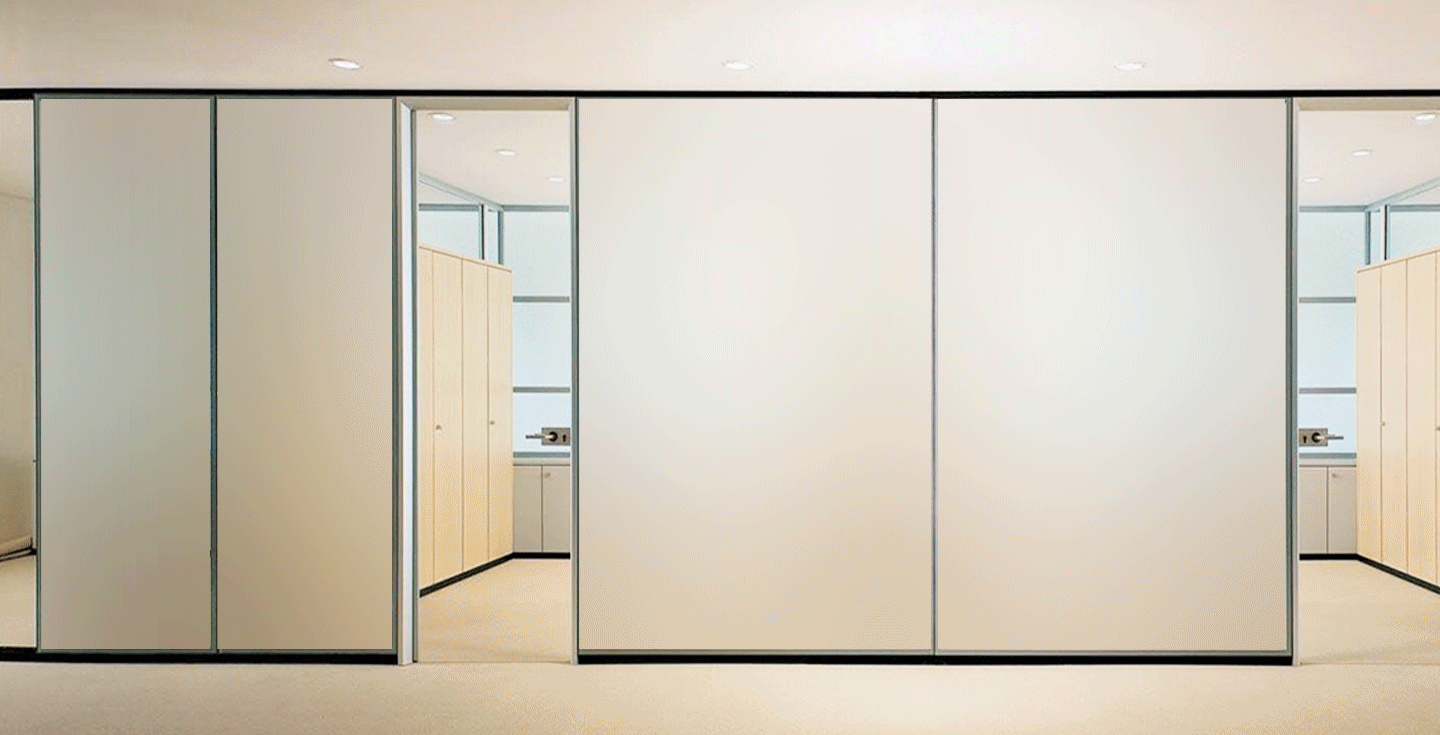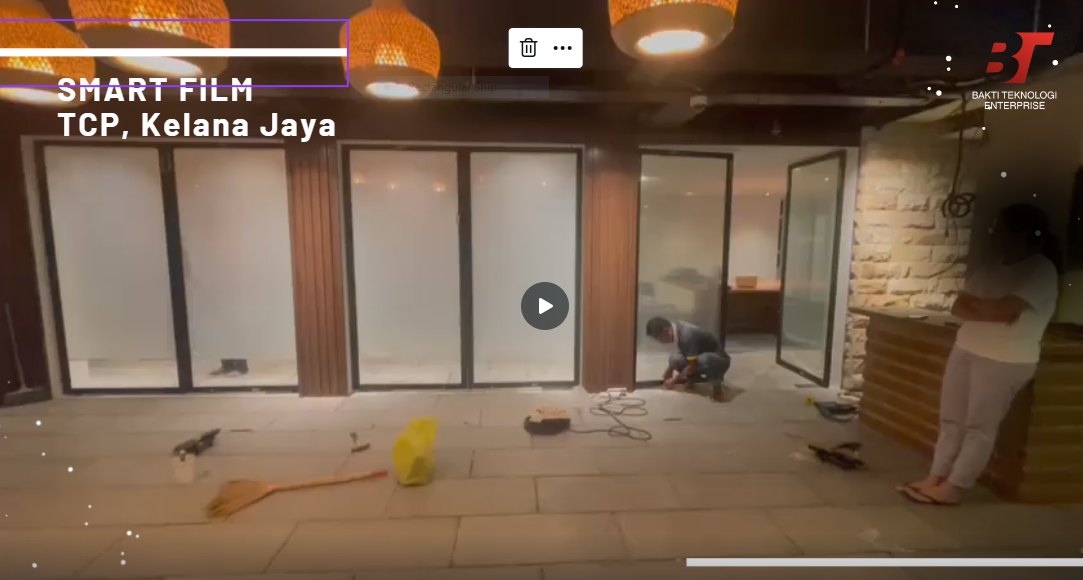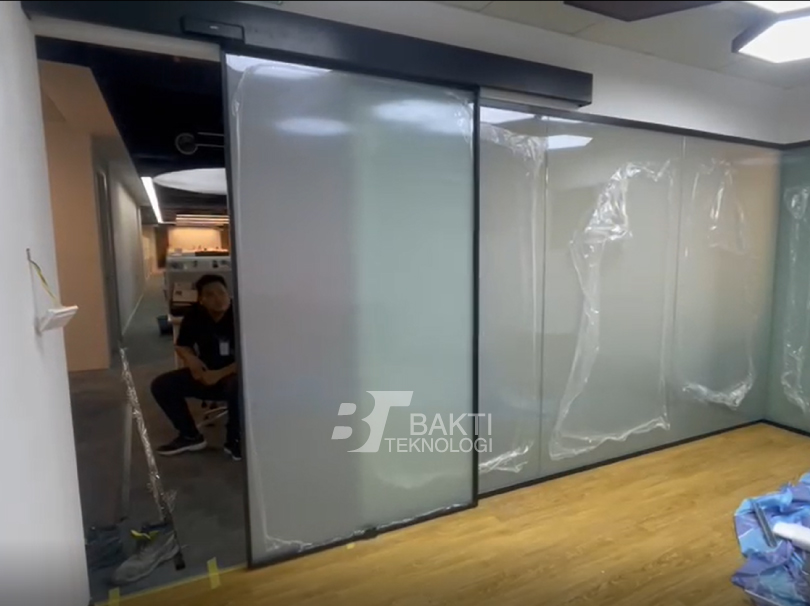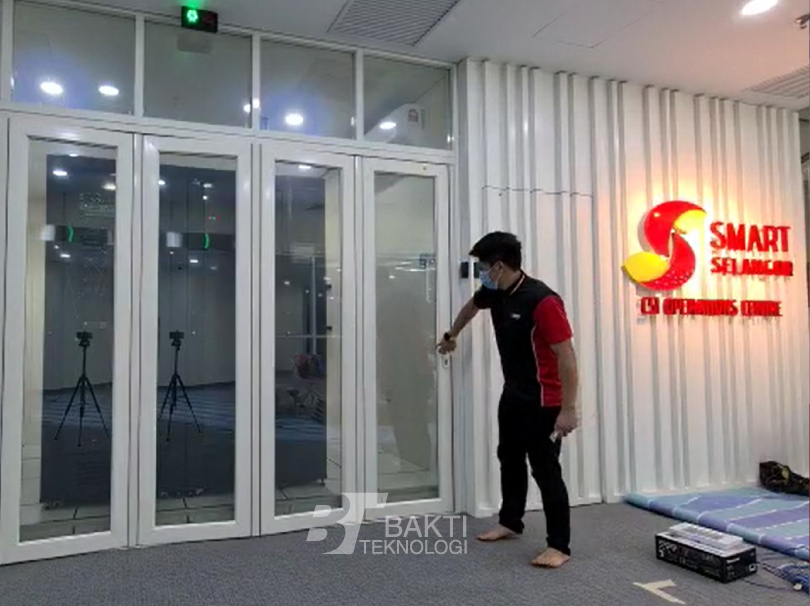What is Smart Glass?
Smart glass, also known as switchable glass or privacy glass, is a type of glass that can change its transparency or opacity on demand. It uses innovative technologies to alter its properties, allowing it to switch between transparent and opaque states, or even adjust its level of translucency.
The most common technologies used in smart glass are:
Electrochromic Technology: This type of smart glass contains a thin layer of materials that change their optical properties when an electric current is applied. When a voltage is applied, the glass darkens or becomes opaque, blocking the passage of light. Conversely, when the voltage is removed, the glass returns to a transparent state.
Polymer Dispersed Liquid Crystal (PDLC) Technology: PDLC-based smart glass consists of a layer of liquid crystals suspended in a polymer matrix. When an electric current is applied, the liquid crystals align and allow light to pass through, making the glass transparent. When the current is switched off, the liquid crystals scatter and block the light, making the glass opaque.
Suspended Particle Device (SPD) Technology: SPD smart glass contains tiny particles suspended in a liquid or film layer. When an electrical charge is applied, the particles align to allow light to pass through, making the glass transparent. By adjusting the voltage, the particles can be rearranged to block light, making the glass opaque.
How Smart Glass Looks Like?
Formula : Glass + Adhesive + PDLC Film + Adhesive + Glass
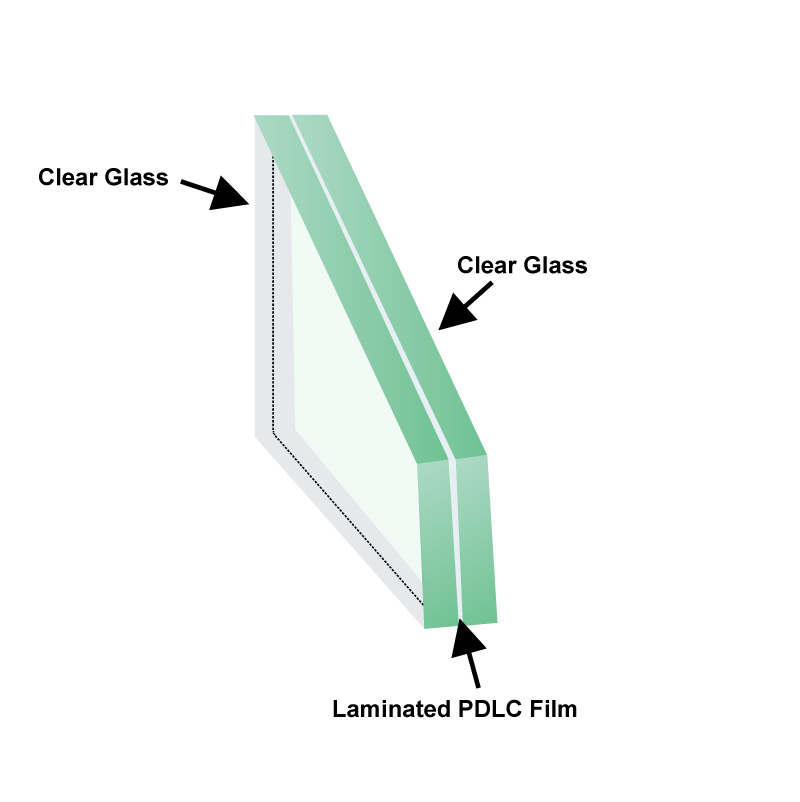
How Smart Glass Works?
Liquid Crystal
Smart Glass consists of a layer of liquid crystal molecules between two conductive and transparent electrodes.
Electricity OFF
When no electric current is applied, the liquid crystal molecules are randomly arranged, making the PDLC appear opaque.
Electricity ON
When an electric current is applied to the electrodes, the liquid crystal molecules align themselves in a specific orientation, allowing light to pass through and making the PDLC appear transparent.
Control
Smart Glass can be controlled using a switch, remote control, or a smart device app.
Benefits of smart glass:
The benefits of using smart glass:
- Privacy control: Smart glass allows users to control their privacy by switching between opaque and transparent modes with the touch of a button or a remote control.
- Energy efficiency: Smart glass can be used to create energy-efficient windows by reducing the amount of heat that enters a building, thereby reducing energy costs.
- Security enhancement: Smart glass can be used to create bullet-resistant glass, providing an additional layer of security in high-risk areas.
- Versatility: Smart glass can be used in various industries and applications, including architecture, automotive, healthcare, and retail.
- Aesthetics: Smart glass can be used to create decorative displays and dynamic projections, enhancing the visual appeal of any space.
- Easy installation: Smart glass is easy to install like normal glass, making it a cost-effective option for renovation and upgrading projects.
- Low maintenance: Smart glass requires minimal maintenance and can last for many years, making it a durable and long-lasting investment.
